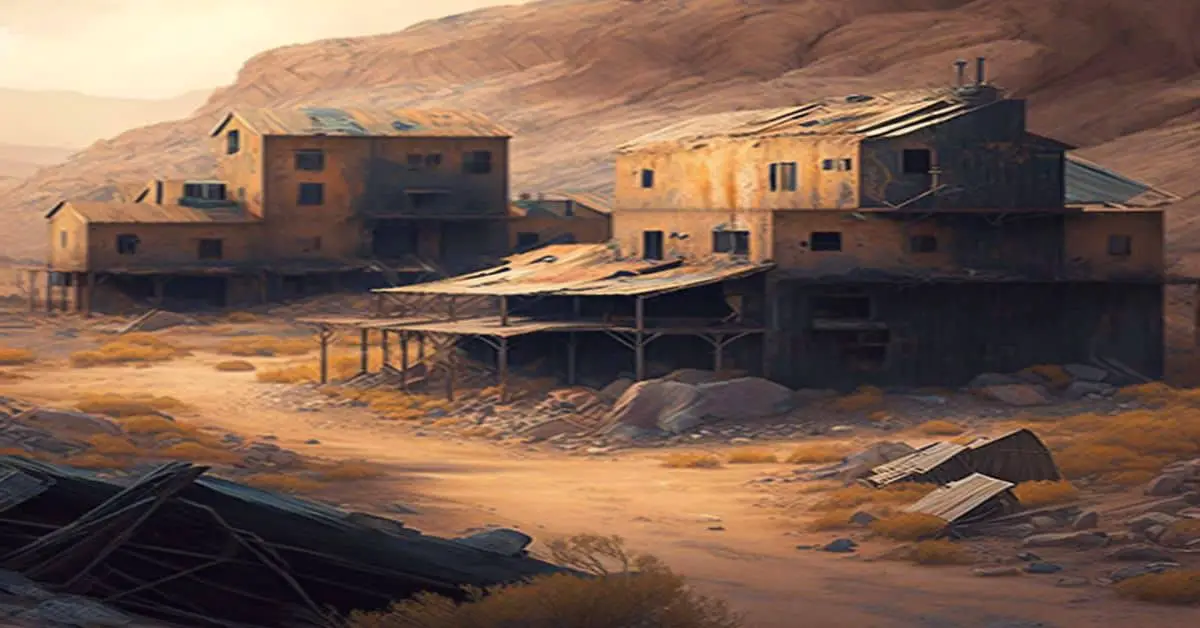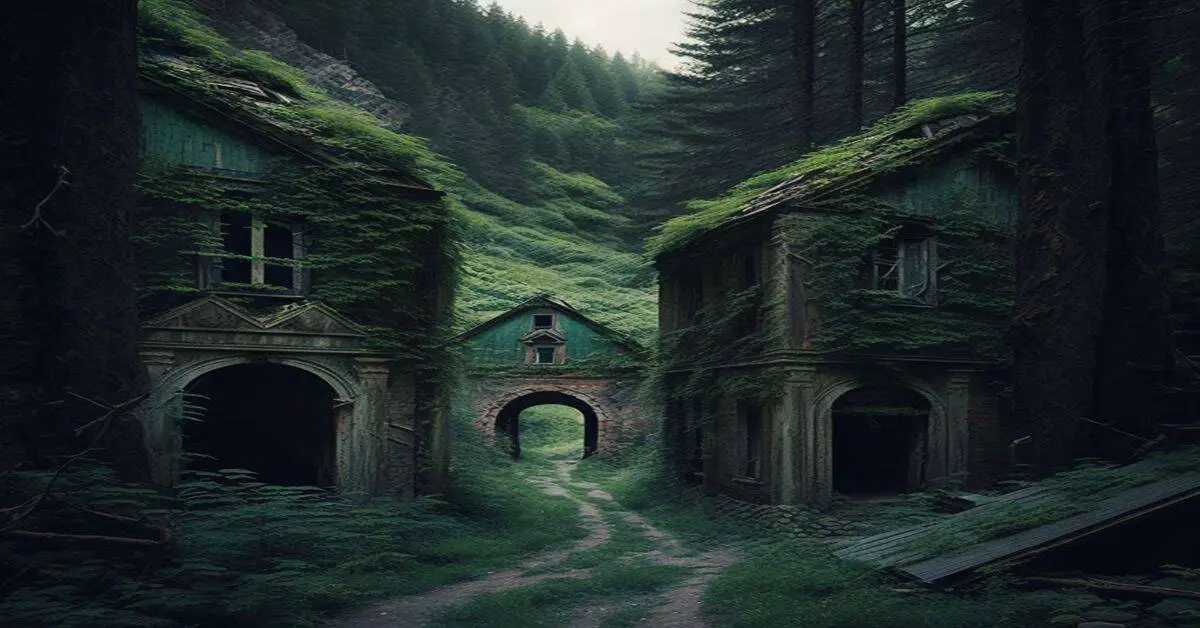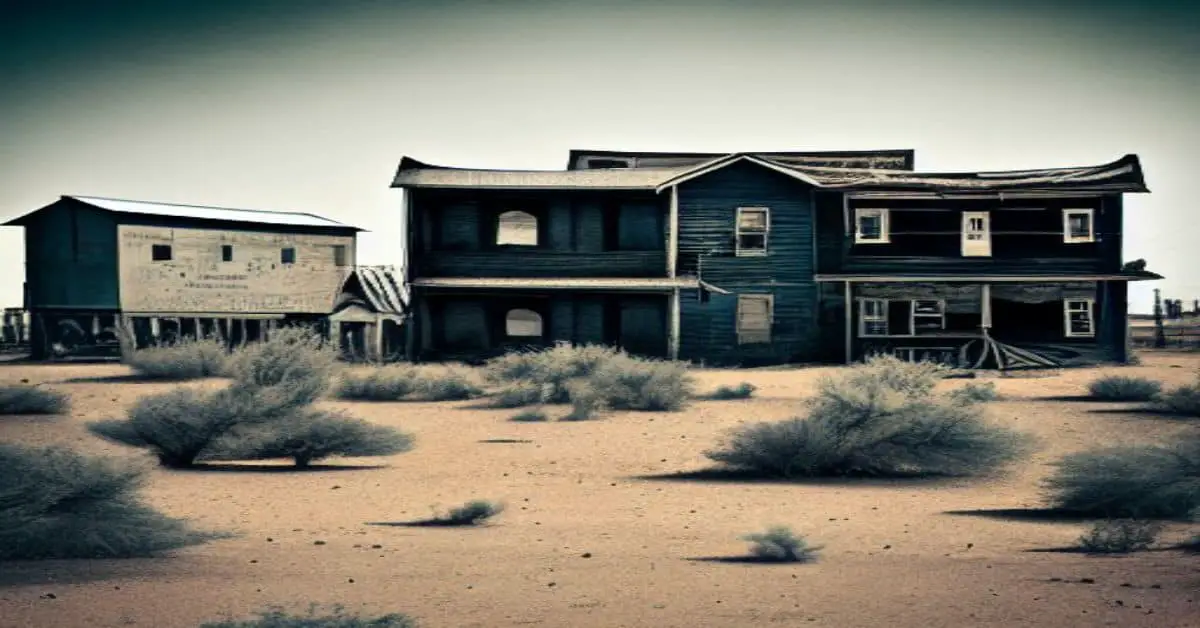As the old adage goes, history has a way of repeating itself. Yet, in the case of Ward, CO, the remnants of its past stand as a reminder of a thriving mining town that once produced over 2 million ounces of silver. Nestled in the high altitude of County Boulder, Colorado, Ward is a ghost town that still holds the secrets of its past.
This article will delve into the rich history of Ward, CO: A High Altitude Ghost Town, exploring its location and name, the mining industry that fueled its economy, and its current status as a historic landmark.
To begin, it is essential to understand the location and name of Ward, CO. With an elevation of over 9,000 feet, Ward was named after Calvin Ward, an early settler who arrived in 1860. Initially, Ward was a mining camp established in 1861, and it quickly grew into a thriving town by 1880. The town’s location in the mountains of County Boulder made it an ideal spot for mining, and Ward became known for its silver production.
However, Ward’s prosperity was short-lived, as a devastating fire swept through the town in 1901, destroying many buildings and businesses. Despite the setback, Ward was quickly rebuilt, and some of the original buildings still stand today as a testament to its past.
Key Takeaways
- Ward, CO was a mining town established in 1861 that grew into a thriving community by 1880.
- Ward faced a devastating fire in 1901, but the town was quickly rebuilt, and some original buildings still stand today.
- Ward produced over 2 million ounces of silver, and mining was a significant industry in the town.
- Ward’s tourism potential lies in its historical significance, rustic charm, and proximity to outdoor recreational opportunities in the surrounding wilderness areas.
Location and Name
The location and name of Ward, a high altitude ghost town in County Boulder, Colorado, can be identified from pre-existing knowledge. Located at an elevation of over 9,000 feet, Ward was named after Calvin Ward, one of the town’s notable residents. The town was situated on the Whiplash and Switzerland Trail, which climbed 4,100 feet over 26 miles to the elevation of 9,450 feet. The town was accessible via highway 160 northwest of Denver, and the climate was characterized by cold winters with snow and mild summers.
Geographically, Ward was situated in the Rocky Mountains, and the surrounding landscape was dominated by mountainous terrain. Ward was a mining town, and one of its mines produced over 2 million ounces of silver. The Columbia vein, which was located in 1861, was one of the significant mining discoveries in the town.
The population of Ward varied from 400 to over 1,000, and the town was known for its historic buildings that still remain today.
History and Mining
Mining in Ward, Colorado was a significant industry, with one mine producing over 2 million ounces of silver and the Columbia vein being discovered in 1861. The town’s population varied greatly, with some estimates suggesting that it ranged from 400 to over 1,000 inhabitants.
The discovery of gold underneath the town threatened to raze buildings and mine the area out, but this never came to fruition. Mining techniques used in Ward were similar to those used in other mining towns in the area, such as using explosives to extract ore from the ground.
The economic impact of mining in Ward was significant, as it provided jobs for many residents and contributed to the town’s growth and development. Despite the devastating fire that leveled 50 buildings in 1901, Ward was quickly rebuilt and continued to thrive as a mining town.
Today, some original buildings still remain and the town is home to a small population.
Current Status
Ward, Colorado is home to a small population and remains a notable location for visitors interested in exploring the town’s mining history. Despite being a ghost town, Ward still has a few permanent residents who live in the historic buildings. The living conditions in Ward are challenging due to its high altitude location, cold winter climate, and lack of amenities. However, the town’s unique history, stunning natural surroundings, and proximity to outdoor recreational opportunities make it an attractive tourist destination.
Ward’s tourism potential lies in its historical significance and rustic charm. The town’s original buildings, including the old schoolhouse, general store, and mining structures, still stand and provide a glimpse into its past. Visitors can also explore the surrounding wilderness areas, such as the Indian Peaks Wilderness, which offer hiking, wildlife viewing, and camping opportunities.
While the town’s population may be small, its history and natural beauty continue attracting visitors worldwide.
Frequently Asked Questions
What was the main industry in Ward after the silver mine dried up?
After the silver mine dried up, Ward struggled to survive until it gradually diversified its economy. Revitalizing the economy, new job opportunities were created in different sectors such as tourism, outdoor recreation, and arts and crafts.
Besides the historic buildings, are there any notable landmarks or tourist attractions in Ward?
Apart from the historic buildings, Ward, Colorado offers various hiking trails with opportunities for wildlife sightings. However, the town has no notable landmarks or tourist attractions besides its rich history and scenic beauty.
Has Ward ever been used as a filming location for movies or TV shows?
Ward, CO has been used as a filming location for several movies and TV shows due to its historic buildings and natural surroundings. Some famous productions filmed in the town include the movie “The Hateful Eight” and the TV show “Gold Rush.”
How has the climate in Ward changed over the past century?
The climate in Ward has experienced noticeable changes over the past century, with winters becoming warmer and drier, and summers becoming hotter and wetter. These climate changes have impacted the area, affecting the local ecosystem and water resources.
Are there any local legends or ghost stories associated with Ward?
Local folklore surrounding Ward includes stories of a haunted hotel and sightings of a ghostly woman. Some visitors have reported experiencing paranormal activity, including strange noises and unexplained occurrences, adding to the town’s eerie reputation.


